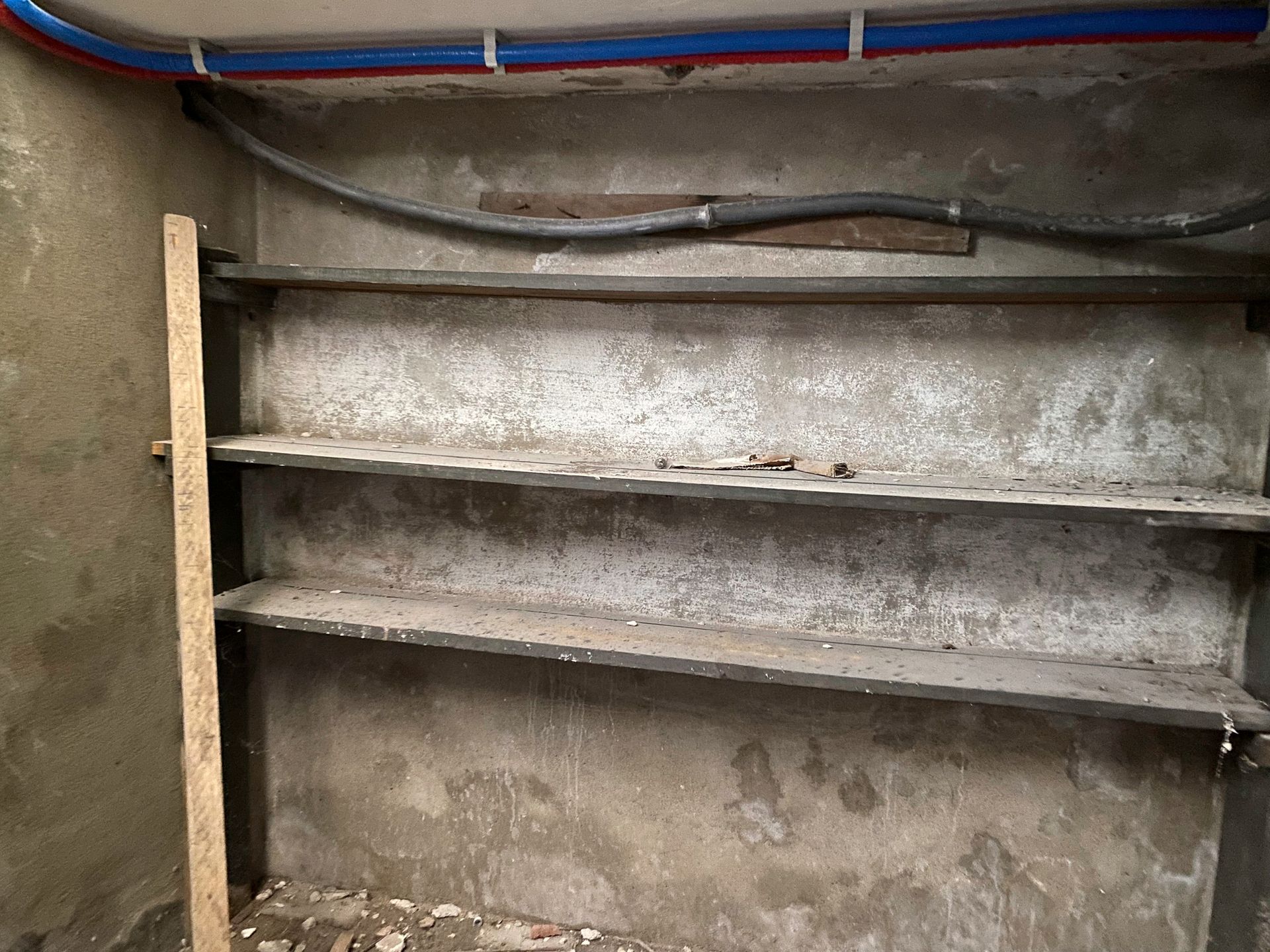Crawl Space and Basement: Which is Best for Your Home?
Are you deciding between a crawl space and a basement? This article will explain their pros and cons, costs, and suitability to help you make the best choice for your home.
Key Takeaways
- Crawl spaces are cost-effective and easier to access for utilities, while basements provide significant additional living space and versatility.
- Crawl spaces can help protect against moisture issues in damp areas, but they lack secure shelter during storms. In contrast, basements have higher construction costs and risks of flooding.
- The decision between a crawl space and a basement should consider factors such as budget, climate, and the space's intended use.
Understanding Crawl Spaces and Basements
Crawl spaces and basements are both types of foundations that provide an underground area closed off to the outside. They play crucial roles in supporting a home’s stability and durability, with foundation walls allowing for easier inspection and repair in basements. Slab foundations, on the other hand, are level and lack open spaces under the house, making them easier and cheaper to construct compared to other types.
The primary difference between a crawl space and a basement is that basements are designed as livable spaces, offering more functionality, whereas crawl spaces are non-living areas primarily used for storage and access to utilities.
Understanding these foundational elements lays the groundwork for comparing their pros and cons.
Crawl Space Basics
A crawl space is an area beneath a home typically used for ventilation and access to utilities. Crawl spaces can also serve as storage space for extra household items. The typical crawl space height range for crawl spaces is between 1 and 3 feet, with the majority being around 3 feet tall. This makes crawl spaces comparatively shorter than basements and unsuitable for living spaces. Common systems found in crawl spaces include plumbing, electrical, and HVAC systems, which makes them crucial for the home’s infrastructure.
Crawl spaces can be divided into ventilated and conditioned types. A ventilated crawl space allows outside air to flow through vents, which can help in areas with heavy rainfall by providing better protection against water damage than a basement.
On the other hand, a conditioned crawl space features insulated walls, a tight vapor barrier, and is connected to the HVAC system, maintaining a more stable internal environment. However, unlike basements, crawl spaces do not offer a secure area during severe weather, making them less reliable for shelter.
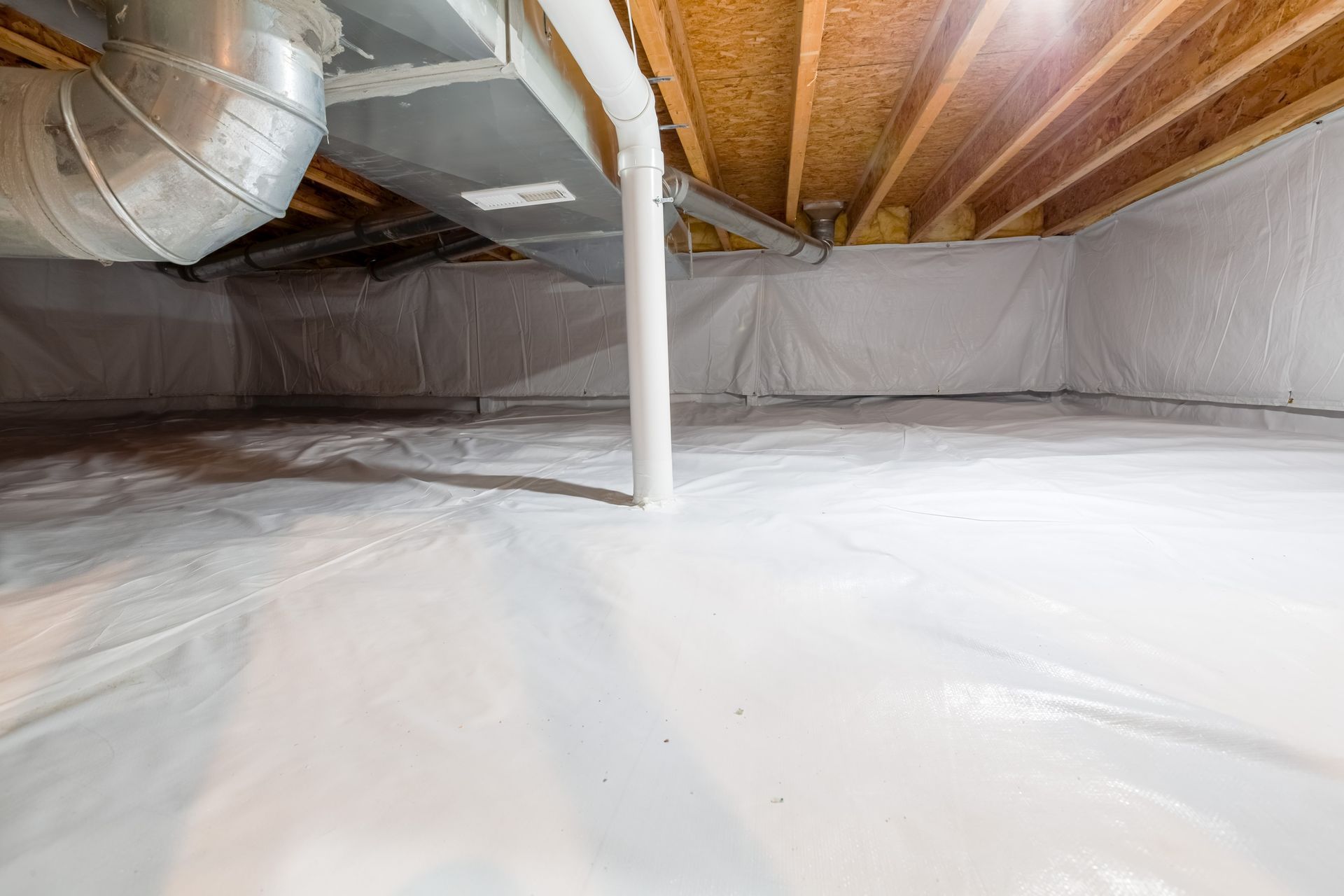
Basement Basics
A basement is a livable, underground space with concrete foundations. Its typical height range is between 7 and 10 feet, making it much more spacious and inviting than crawl spaces. Basements have concrete walls and a concrete slab floor, providing a solid and stable foundation.
Basements offer significant additional living space, which can be used for various purposes, such as storage, utility areas, or even extra living spaces like craft rooms, home gyms, or rental units. Access is typically provided through a full set of stairs, but basements can often include exterior steps for easy entry and exit. This versatility makes basements a valuable addition to any home.
Pros and Cons
Understanding the advantages and disadvantages of crawl spaces and basements is crucial for homeowners making housing decisions. Each type of foundation has its unique benefits and drawbacks, which we will explore in the following subsections.
This comparison will help you weigh the options based on your specific needs and circumstances.
Benefits of Crawl Spaces
Crawl spaces are generally more cost-effective than basements due to lower construction costs and the need for less excavation. Crawl spaces can also provide additional storage space for household items. This can save homeowners a significant amount of money, making crawl spaces an attractive option for budget-conscious homeowners. Additionally, crawl spaces provide easier access to essential systems like plumbing and HVAC, which simplifies repairs and maintenance.
In areas with heavy rainfall, a crawl space can provide better protection against water damage than a basement, making it ideal for damp locations. This is because crawl spaces are elevated above the ground, reducing the risk of flooding. Furthermore, crawl spaces can serve as a buffer against moisture damage, helping to protect the home’s structure.
Drawbacks of Crawl Spaces
Before:
Despite their benefits, crawl spaces have their own set of challenges. One major issue is the potential for moisture and mold growth if not properly managed or encapsulated. This makes them less ideal for storage, as moisture and mold can damage stored items. Homes with crawl spaces are also prone to more property damage during storms than those with basements, as crawl spaces do not offer a secure area during severe weather.
After:
Despite their benefits, crawl spaces come with their own set of challenges:
- Potential for moisture and mold growth if not properly managed or encapsulated.
- Less ideal for storage, as moisture and mold can damage stored items.
- Prone to more property damage during storms compared to homes with basements, as crawl spaces do not offer a secure area during severe weather.
Additionally, crawl spaces are shorter than basements, making them less functional. They are primarily used as utility spaces rather than additional living or livable space, which can be a drawback for homeowners looking to maximize their home's usable area.
Benefits of Basements
Basements provide significant additional living space, which can enhance a home's functionality. This extra space can be used for various purposes, such as creating a craft room, home gym, in-law suite, or even a rental space. Their versatility makes them a valuable addition to any home, providing homeowners with the flexibility to customize the space to their needs.
Moreover, basements can increase home value, especially if finished. A finished basement adds to the total square footage of the home, making it a worthwhile investment. This added value can be particularly beneficial when it comes time to sell the property, as potential buyers often look for homes with ample living space.
Drawbacks of Basements
While basements offer many benefits, they also come with higher construction expenses due to extensive excavation and drainage requirements. Basements require about twice as much excavation and have higher material costs due to taller walls, which can significantly increase the overall construction budget.
Additionally, basements are at risk of flooding, especially in severe weather conditions, which can result in costly damages. Homeowners must consider potential moisture issues, as basements are more prone to mold and flooding.
These challenges make it essential to weigh the pros and cons carefully when deciding between a crawl space or a basement.
Key Differences
The major difference between crawl spaces and basements lies in their functionality and construction. Crawl spaces serve as non-living areas to protect against moisture, while basements are designed as livable spaces, offering more versatility and additional living space.
Understanding these key differences is crucial for making an informed decision.
Structural Integrity
Crawl spaces can offer a more stable foundation than basements in areas vulnerable to earthquakes or floods. They are elevated above the ground, reducing the risk of structural damage during natural disasters. However, basements typically have a higher clearance of 8 to 10 feet, which contributes to their structural stability compared to crawl spaces.
Proper design, construction, and maintenance are essential for the longevity of both crawl spaces and basements. Building these foundations to withstand specific environmental conditions is essential for maintaining structural integrity.
Cost Comparison
Constructing crawl spaces typically costs less than basements, saving homeowners $5,000 to $10,000. These savings come from reduced excavation and fewer building materials. Crawl spaces also require less maintenance, lowering long-term costs.
On the other hand, building a basement allows homeowners the option to leave it unfinished, which can reduce immediate costs. However, extensive excavation and extra materials for basements can increase their ecological footprint.
Both options can use sustainable materials, but initial and long-term costs should be considered.
Installation Time
The installation of crawl spaces and basements generally requires a similar timeframe despite differences in excavation intensity. While crawl spaces involve less intensive excavation compared to basements, the overall completion timeframe is often comparable. This is because other factors, such as weather conditions and construction schedules, can influence the installation time for both options.
Overall, while crawl spaces may be quicker to install due to less excavation, the difference in time required for both options is not extensive. Homeowners should consider the specific requirements of their project when estimating installation times for crawl spaces and basements.
Maintenance Needs
Because homeowners frequent basements more often, they may be able to identify issues more easily. Foundation walls in basements allow for easier inspection and repair due to better access. The additional space in basements allows foundation experts and heavy equipment to access them more easily, making maintenance more straightforward. However, identifying problems in finished basements can be complicated, as issues may be obscured by framing and drywall.
Crawl spaces, on the other hand, provide added structural integrity in areas prone to natural disasters like earthquakes or hurricanes. Regular inspections and maintenance are crucial for both crawl spaces and basements to prevent structural damage and address common issues like moisture buildup and pests.
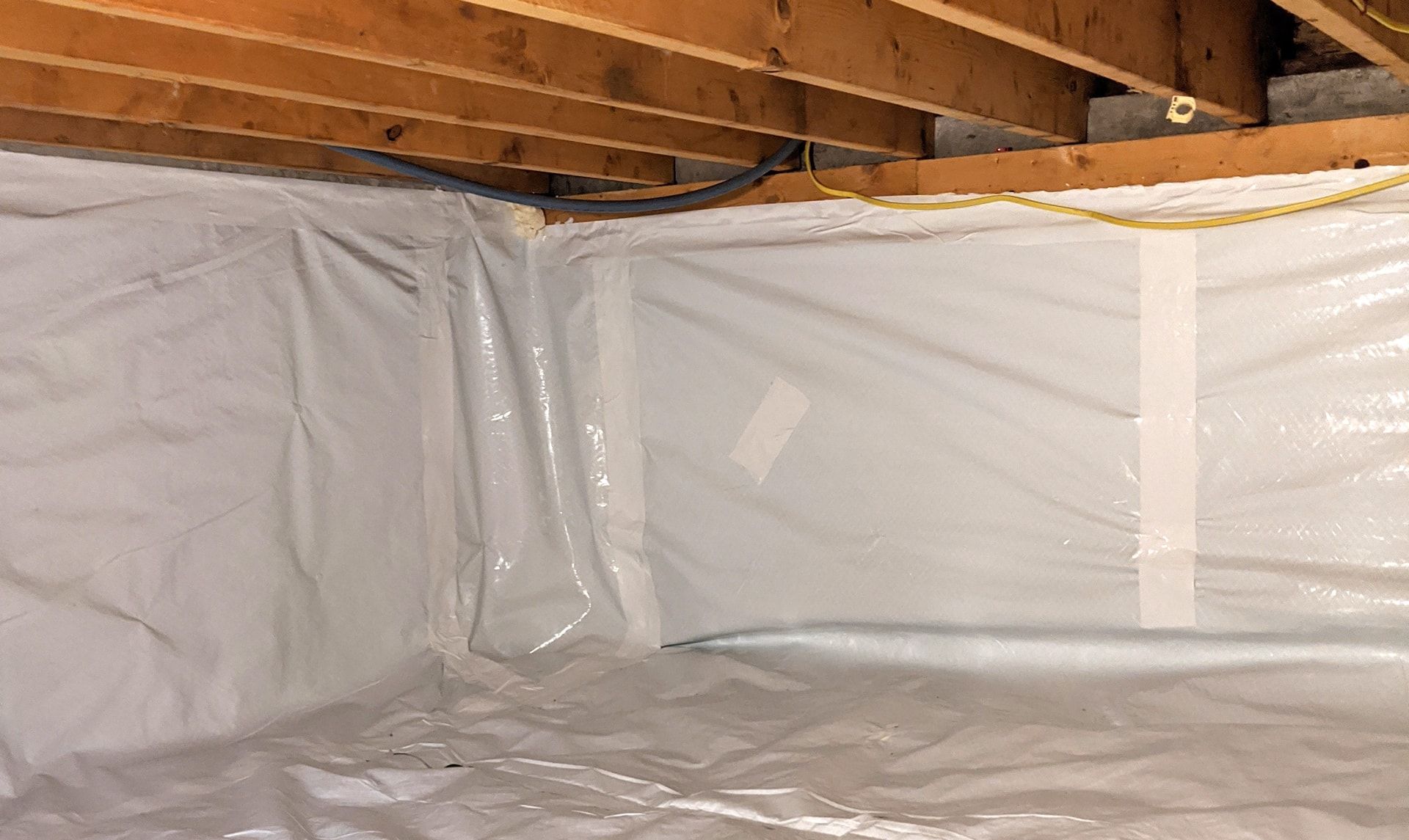
Customization and Usability
Both crawl spaces and basements can be customized to enhance functionality and efficiency in homes. Whether it’s housing essential utilities or creating additional living spaces, these foundational elements offer various customization options to meet homeowners’ specific needs.
Crawl Space Upgrades
Insulating crawl spaces helps maintain temperature consistency and energy efficiency. Upgrading a crawl space can enhance energy efficiency and reduce heating and cooling costs. Upgrades may involve sealing air leaks, adding vapor barriers, and enhancing ventilation.
Crawl spaces can also be equipped with sump pumps to manage excess water during heavy rain, protecting the home from water damage. These upgrades make crawl spaces more functional and energy-efficient.
Basement Finishing Options
Basements typically offer more living space and can be finished to enhance the overall square footage of a home. Finishing a basement can create various livable spaces, such as recreational rooms, guest suites, or offices. This transformation increases both functionality and home value.
Homeowners have the freedom to customize their basements to suit their needs, whether it’s adding an additional bathroom, creating rental space, or providing extra storage. This versatility makes basements a valuable asset for any home, offering endless possibilities for customization.
Environmental Considerations
Environmental considerations are becoming increasingly important for homeowners. Both crawl spaces and basements offer benefits in terms of ecological impact, especially with proper design and insulation.
This section will explore how each foundation type can contribute to a more sustainable and energy-efficient home.
Energy Efficiency
Encapsulation involves sealing the crawl space to control moisture and prevent damage. Sealing air leaks and adding insulation can significantly enhance the energy efficiency of a crawl space, potentially reducing heating and cooling costs. These measures are particularly important in cold climates, where maintaining a consistent temperature is crucial for energy efficiency.
Basements, when properly constructed, generally provide higher energy efficiency than crawl spaces due to their better insulation. Basements can be designed to enhance energy efficiency, making them viable options in terms of sustainability. Long-term energy savings should be a factor when choosing between a crawl space and a basement.
Material Sustainability
Using recycled or locally sourced materials can enhance the eco-friendliness of crawl spaces and basements. For example, using eco-friendly materials like Faswall blocks for basements can significantly reduce environmental impact while providing good insulation.
Choosing sustainable materials is crucial for minimizing the environmental impact of building crawl spaces and basements. Sustainable choices in construction benefit the environment and promote energy efficiency and durability. Prioritizing these factors creates a more sustainable home.
Common Issues and Solutions
Both crawl spaces and basement crawl spaces have common issues. Regular maintenance and prompt attention to problems prevent extensive structural issues, and our crawl space services can help address these concerns effectively.
This section will explore the common issues associated with each foundation type and their solutions.
Moisture Control
Moisture issues can damage the home’s insulation, create musty smells, and cause pest infestations. Cross ventilation, dehumidifiers, and exhaust fans help control excess moisture in crawl spaces. Vapor barriers also prevent moisture and slow the infiltration of harmful gases like radon.
Heavy rainstorms can flood crawl spaces, making sump pumps crucial for managing excess water. Moisture control is vital for maintaining foundation integrity and preventing mold growth.
Pest Prevention
Crawl spaces can help protect homes from pests, as their elevation may deter issues like termite infestations. Pest prevention maintains home health and protects against damage. Sealing entry points in crawl spaces and basements prevents pest access.
Regular inspections help identify and mitigate pest issues in crawl spaces and basements. Pest prevention is a priority that ensures foundation longevity and health.
Foundation Repair
Humidity, standing water, or other issues may necessitate basement or crawl space repair. Homeowners in Chattanooga commonly face foundation cracks, settlement, and moisture issues. Regular inspections help catch potential issues early, preventing extensive damage.
Seeking professional help from a concrete foundation company is recommended for addressing issues in crawl spaces or basements. Crawl space repair is usually less expensive than basement repair, but severe issues may require advanced techniques like underpinning.
Services offered for foundation issues include foundation repair, crack repair, floor stabilization, and crawl space encapsulation.
Making the Right Choice
The choice between a crawl space and a basement should be based on needs, budget, and property conditions. Considerations include budget, climate, region, and preferences when deciding on a crawl space or basement.
Customization options for basements include finishing for living space, adding an additional bathroom, creating rental space, or providing extra storage. Regular maintenance and prompt attention to distress signs prevent long-term damage.
Summary
In conclusion, both crawl spaces and basements offer unique advantages and challenges. Crawl spaces are cost-effective and provide easy access to essential systems, while basements offer additional living space and can increase home value. Understanding the key differences, environmental considerations, and common issues of each option will help you make an informed decision that suits your needs and circumstances. Choose wisely, and your foundation will serve as a strong and stable base for your home for years to come.
Frequently Asked Questions
What is the main difference between a crawl space and a basement?
The main difference is that basements are intended as livable spaces, while crawl spaces primarily serve for storage and access to utilities. This distinction impacts their uses and overall functionality in a home.
Are crawl spaces cost-effective?
Crawl spaces are typically cost-effective, as they involve lower construction expenses and require less excavation than full basements. This can lead to substantial savings in initial building costs.
Can basements increase home value?
Yes, finished basements can significantly increase a home's value by offering extra living space that enhances its overall functionality and appeal.
How can I prevent moisture problems in a crawl space?
To prevent moisture problems in a crawl space, install a vapor barrier, use a dehumidifier, and ensure proper ventilation. These steps will effectively control humidity levels and protect your home.
What are some common issues with basements?
Common issues with basements include higher construction costs, flood risks, and moisture problems. These factors can significantly impact both the integrity and usability of the space.
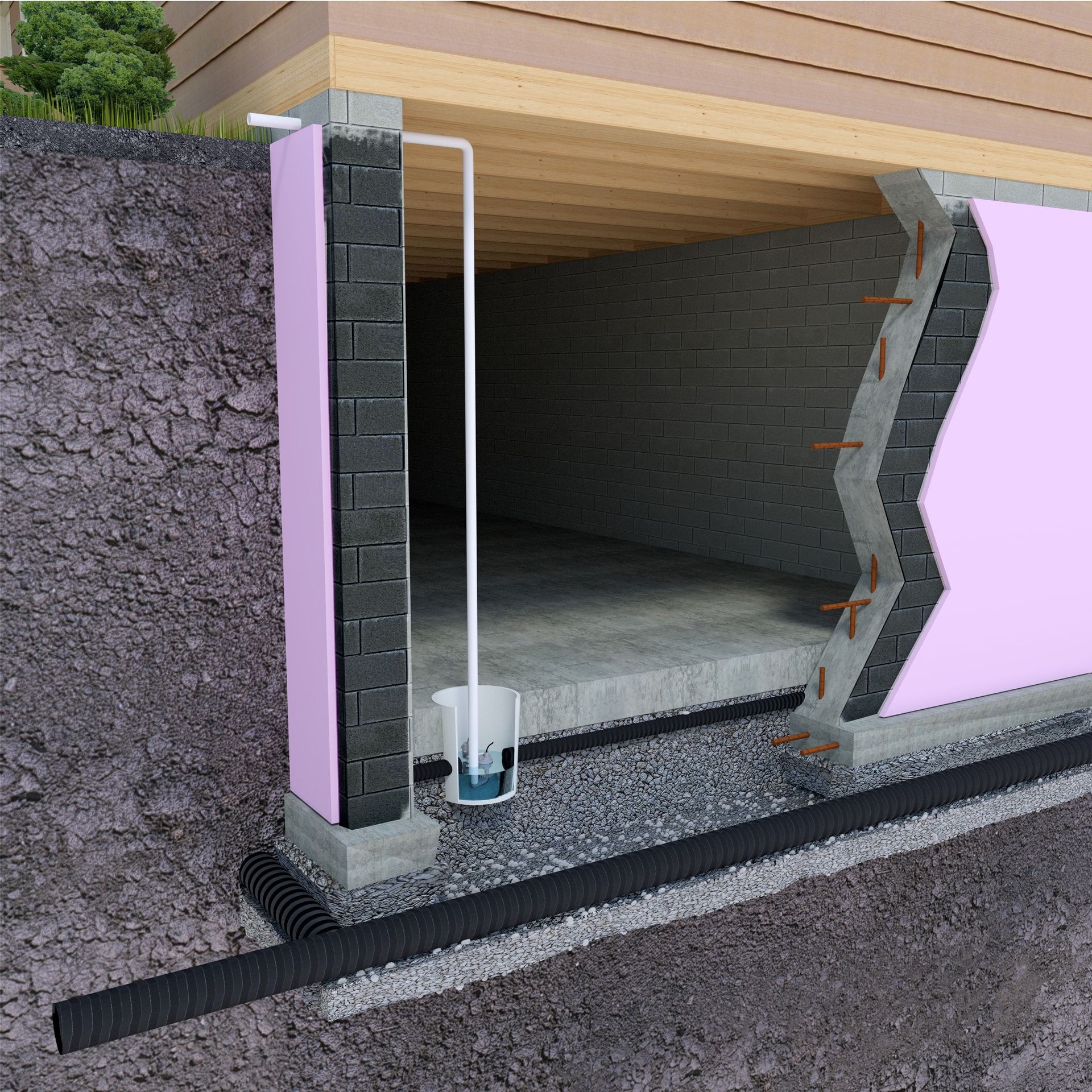
All Rights Reserved | The Basement Ace (Formerly Basement Authorities NH)
